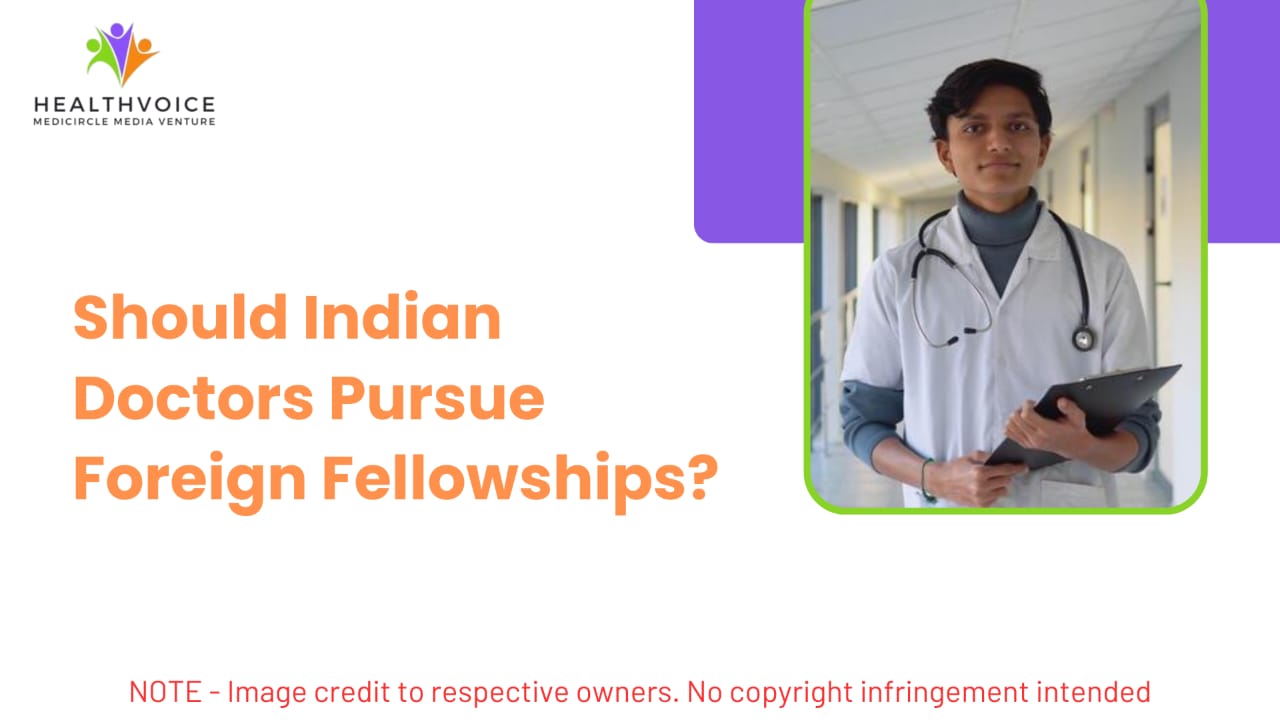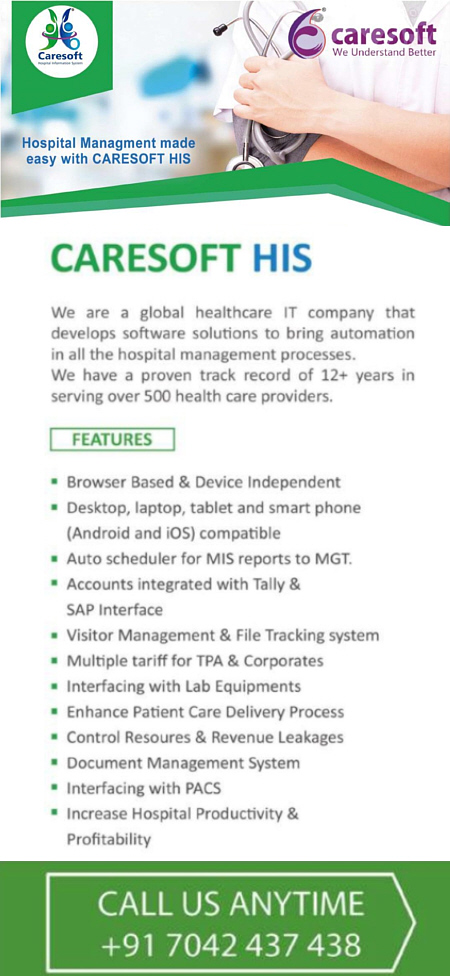Should Indian Doctors Pursue Foreign Fellowships?
The glitter of an international career is appealing, but it is essential to look beyond the surface. This decision should be guided by a doctor’s own values and long term vision for their life; both inside and outside the hospital.

Every year, thousands of Indian doctors find themselves at a significant professional juncture. The question is deceptively simple, yet the answer is deeply personal: should I pursue a fellowship in another country? This is not just a career move; it is a life decision that weighs ambition against attachment, and global opportunity against local impact.
The pull of countries like the United States, the United Kingdom, or Australia is powerful. They represent the pinnacle of medical technology, cutting-edge research, and often, a system that promises robust infrastructure and financial reward. For many, it is a chance to work with the latest equipment and protocols, gaining a level of specialization that can be harder to achieve at home. The dream is not just about professional growth; it is also about personal freedom and experiencing a new way of life.
The roadmap:
Choosing to go is one thing; getting there is another. The path is long and demands unwavering dedication. It typically begins with clearing rigorous licensing exams, such as the USMLE for the United States. These are not mere tests; they are comprehensive assessments of medical knowledge and clinical skills, requiring months, if not years of intense preparation.
Clearing the exams is just the first hurdle. The next step is even more challenging: securing a residency position. This is where the reality of competition sets in. Indian doctors, classified as International Medical Graduates (IMGs), often compete for spots in specialties that are less sought after by local graduates. Furthermore, navigating the complex visa processes, such as J-1 or H-1B visas and building a professional network from thousands of miles away adds layers of difficulty to an already demanding journey.
Beyond struggles:
What often gets lost in the discussion of exams and visas are the human challenges. Moving to a new country is an emotional upheaval. There is the initial loneliness that comes from being away from the familiar comfort of family and friends. Even for those fluent in English, subtle language barriers and local accents can make everyday communication and understanding patient nuances surprisingly tough.
Then there is the cultural shift. The workplace culture, patient expectations and even the approach to healthcare can be different. A doctor must learn to adapt not just as a professional, but as an individual building a new life from scratch. The financial aspect cannot be ignored either, as some research positions offer modest stipends, adding economic pressure to the existing emotional strain.
Gains and losses:
So, how does one decide? It helps to lay out the facts clearly.
On the positive side, a foreign fellowship offers unparalleled exposure. Doctors gain experience in advanced medical technologies, contribute to groundbreaking research and develop a unique, global perspective on patient care. The professional network built internationally can be invaluable and the financial benefits are often significant.
On the other hand, the challenges are substantial. The process is intensely competitive and can be incredibly draining. There is a strong possibility of ending up in a remote or underserved area to fulfil visa requirements. The personal cost of being away from one’s support system and culture is a heavy burden to carry for years.
Choosing what fits you:
So, what is the right choice? The truth is, there is not one universal answer. The decision resonates differently for each individual.
For a doctor driven by a thirst for advanced research and a desire to practice at the very frontier of medical science, going abroad can be a transformative experience. It shapes not only their clinical skills but also their worldview.
However, for those whose core motivation is to serve their community and be close to their roots, the Indian healthcare landscape is rapidly evolving and is ripe with opportunity. The satisfaction of contributing to one’s own nation and understanding the specific health challenges of the Indian population is a reward in itself.
The final verdict:
The glitter of an international career is appealing, but it is essential to look beyond the surface. This decision should be guided by a doctor’s own values and long term vision for their life; both inside and outside the hospital.
It is crucial to talk to mentors who have made the journey, to understand the realities beyond the success stories. Honest self-reflection is the key. Ask yourself: What kind of medicine do I want to practice? What kind of life do I want to lead?
In the end, whether one chooses to embrace the challenge of going abroad or the challenge of growing at home, both paths are noble. The best choice is not the one that looks best on paper, but the one that truly aligns with who you are and who you aspire to become.
#healthvoice #DoctorsJourney #MedicalFellowship #IndianDoctorsAbroad #DoctorLife #GlobalMedicine #HealthcareOpportunities #MedicalExams #DoctorDreams #DoctorStruggles #DoctorAbroad #MedicalAspirations #FutureDoctors #DoctorMotivation
